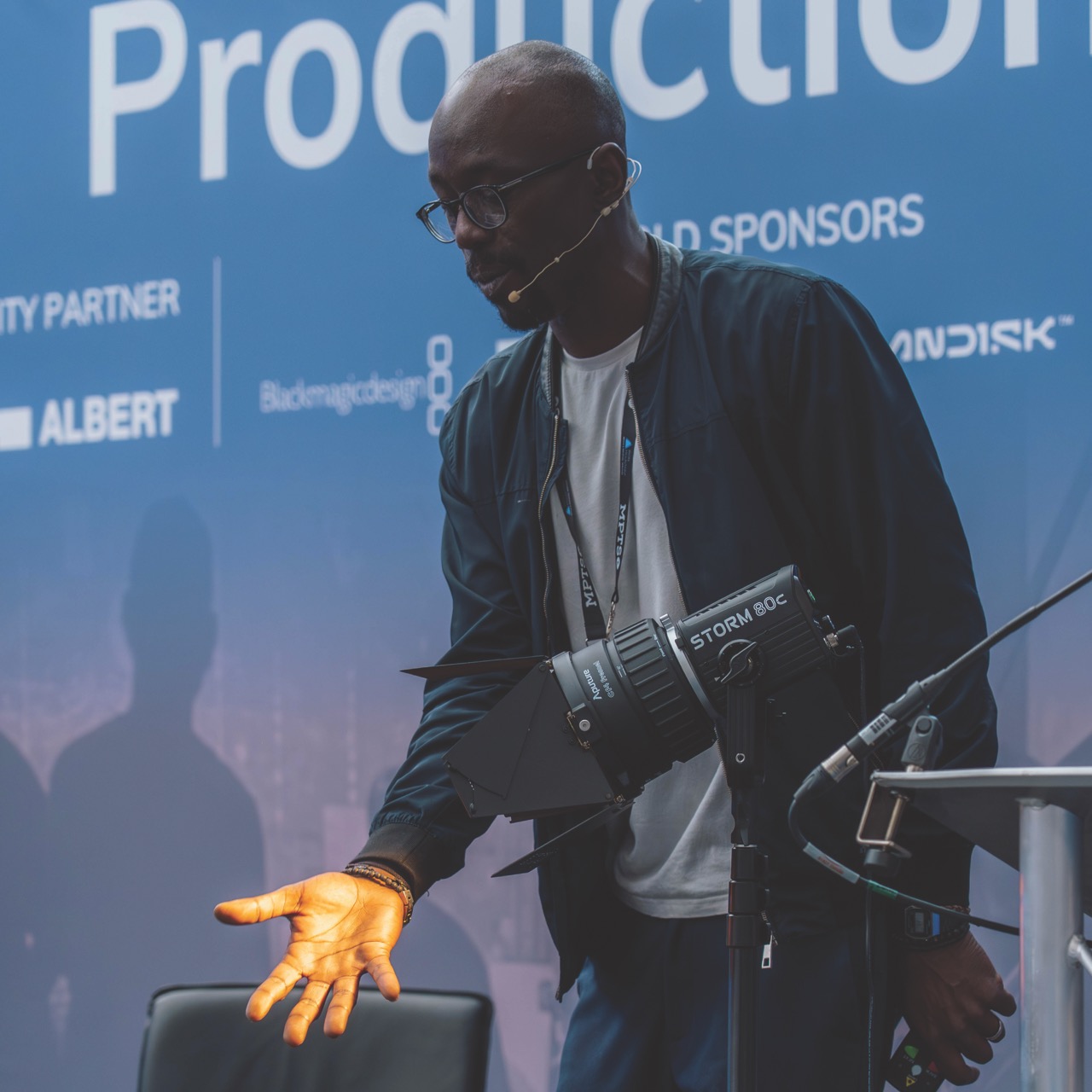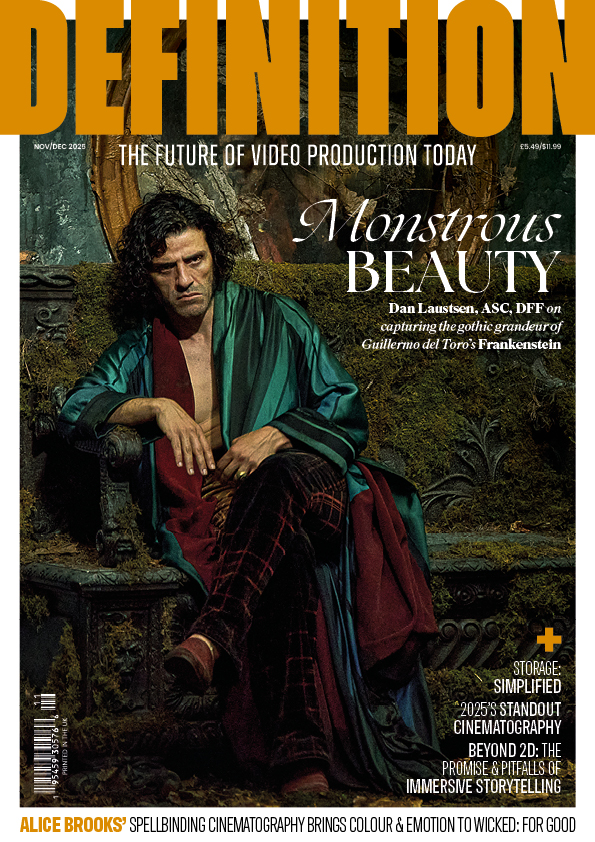
Colour special: Giving skin the star treatment
Posted on Aug 11, 2025 by Admin
We sit down with BAFTA-nominated black filmmaker Stewart Kyasimire to discuss the pitfalls and best practices of lighting diverse skin tones
Top image Netflix
The industry hasn’t always been kind to people of colour. Not too long ago, filmmakers would smear Vaseline on those with darker skin tones to make their faces more reflective. This degrading tactic has thankfully been left in the past, and colour science has come a long way with time.
Still, skin tones continue to present a technical challenge for gaffers and cinematographers – in part because it’s vital to get them right. “I always felt like black people weren’t lit to the best ability,” begins Stewart Kyasimire, a BAFTA-nominated black filmmaker and founder of Create Anything, a production company based in Scotland. No matter who the actor is – but especially for the lead – “you want them to look amazing.”
Kyasimire, who directs and produces both unscripted and scripted projects, has developed his own techniques for lighting skin tones by studying the work of black cinematographers. “You need good quality of light, you have to understand lighting and, obviously, it depends on the scene,” he states. “The other technical difficulty would be more in the camera. If the colour science itself isn’t great, you need to work your way around it.”
For Kyasimire, there are a multitude of potential workarounds, many of which he employed in his latest documentary miniseries Four Kings. The first relates to framing. “It’s where you put your subject,” he claims. “In documentary work, you’re going to have to work with the natural light. If you can’t control it, then it’s about placement. There are little things, like bounce for example – bouncing light back onto the actors,” he describes. “There are several things you can do – quick wins to help black subjects shine.”
Some other simple tricks too, including manipulating the light’s intensity, position and colour temperature, can make a world of difference. When shooting actors with contrasting skin tones, “try to get to 2800K on your black subject,” Kyasimire suggests. “The colour temperature should work for both skin tones in that space.” He adds: “Say you’ve got a white and a black subject walking down the street together. You could have lanterns on a pole – like a boom – and as they’re walking, it’s keyed with the black subject.” Regardless of the strategy, Kyasimire stresses the necessity of taking that extra step.
Getting technical
When lighting skin tones, getting as close to the final result in-camera as possible is vital, Kyasimire believes, rather than colour-correcting in post. “You want to start from what you see, what you shoot,” he says. “When I talk about colour science, I’m talking about the dynamic range, the fall-off, how it handles skin tones, clarity, sharpness. Those are the main things I’m looking for in my kit.”
Kyasimire touts Aputure’s products for their high quality and colour fidelity. “I love the Nova panels, INFINIMATs and INFINIBARs. I love that, throughout Aputure’s range, light quality is 95% CRI,” he enthuses. Aputure’s latest point-source STORM lamps, with their built-in BLAIR light engines, give Kyasimire ‘full colour control’. “The white light is the cleanest out there. It’s granular in how much you can dial it down, add saturation, colour match. It’s such a perfect light,” he continues. “That’s why I like Aputure; they’ve managed to move away from your typical RGB LED panels.”
Kyasimire notes that, over the last five to ten years, black actors have received much better lighting thanks to innovative companies like Aputure. “Go look at black content,” he urges. “It’s everywhere.”
According to Kyasimire, hits like Sinners and Stranger Things have succeeded in handling black skin tones. On the latter, “one of the main characters is a black actor, and you can see how he’s lit. They seem to have done it right,” he shares. “A lot of the great cinematographers are doing it really well.” But, as always, there’s still more to be done. Colour science is progressing rapidly; with a rising focus on adequate representation in film and TV, DOPs should understand how to light diverse skin tones. “That’s what I’m looking to teach,” Kyasimire explains. “But you have to do the work.”
Explore Create Anything at createanything.co.uk and Aputure’s Storm Light here.
Find out more about colour control in our deep dive into the future of colour in moving pictures.
This article appears in the July/August 2025 issue of Definition










